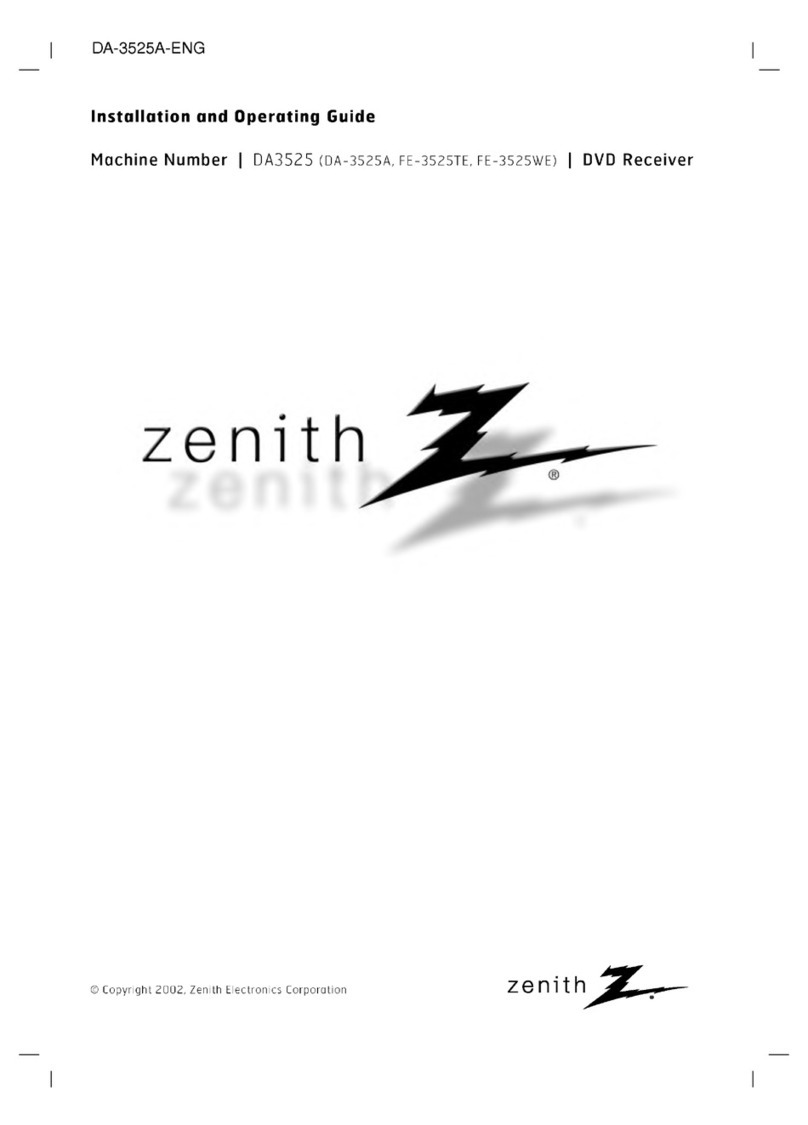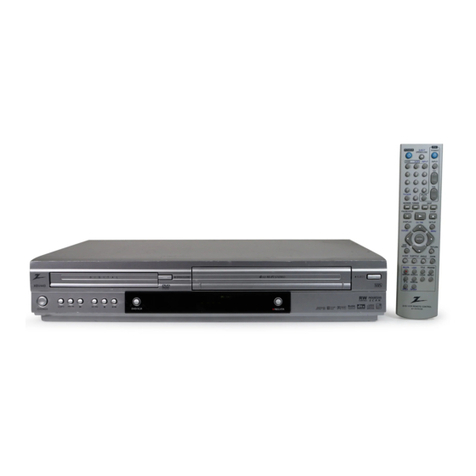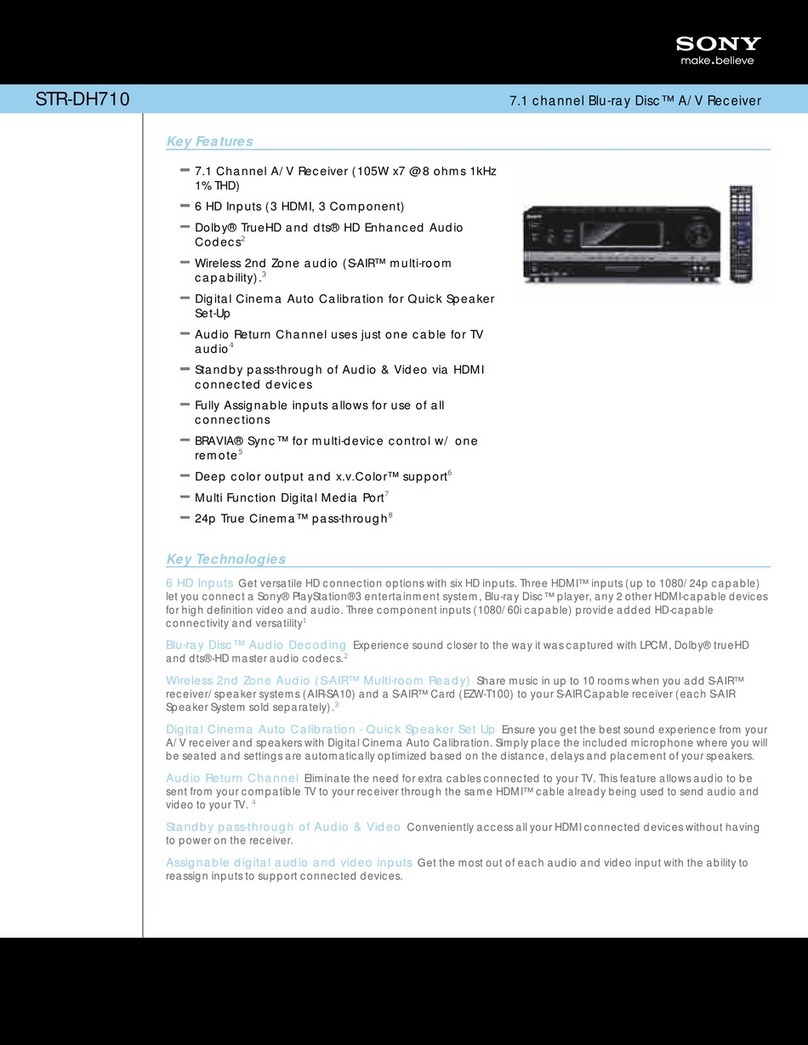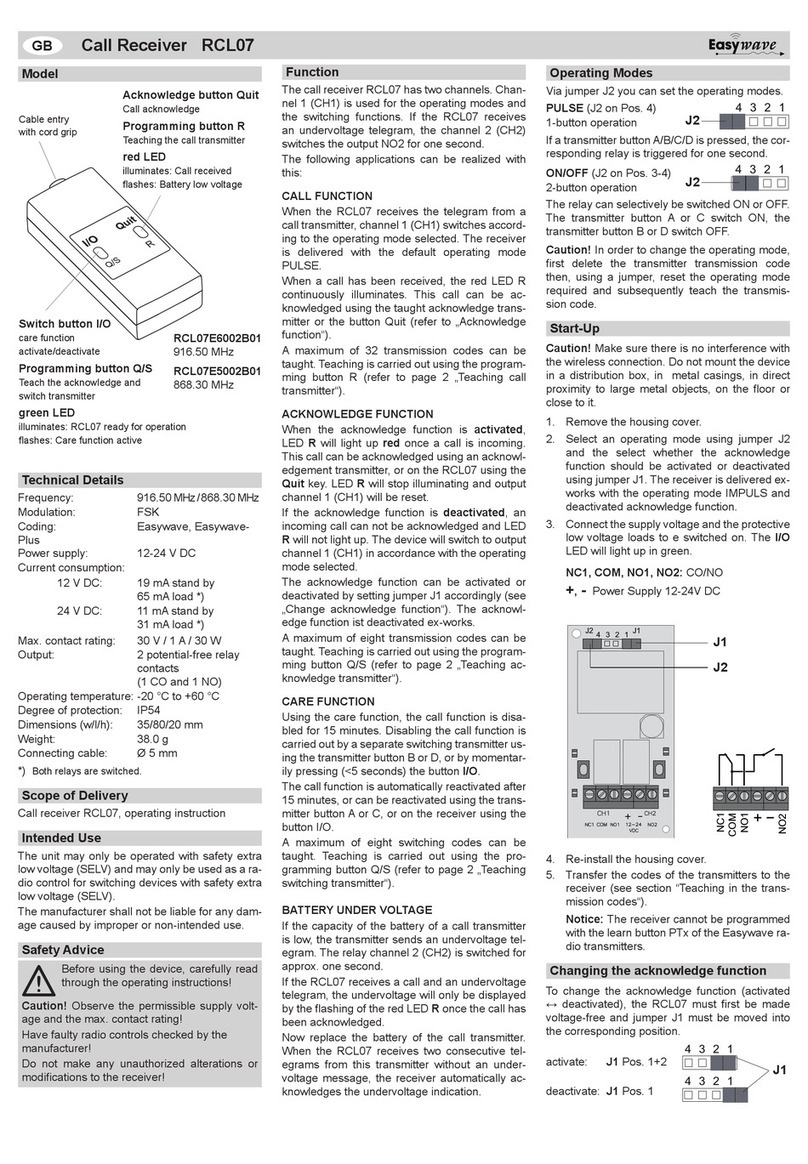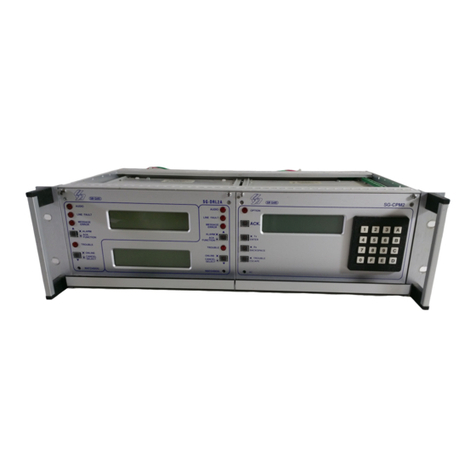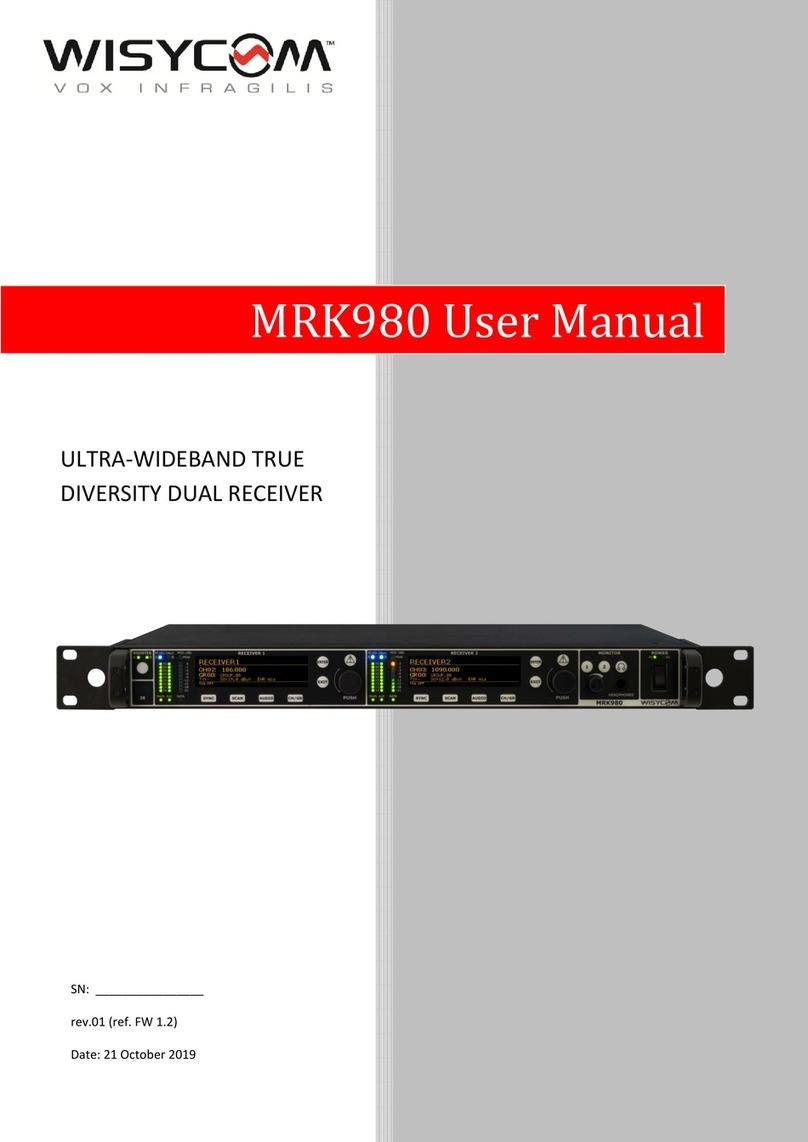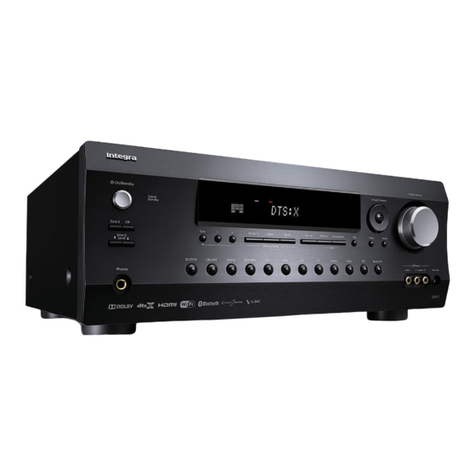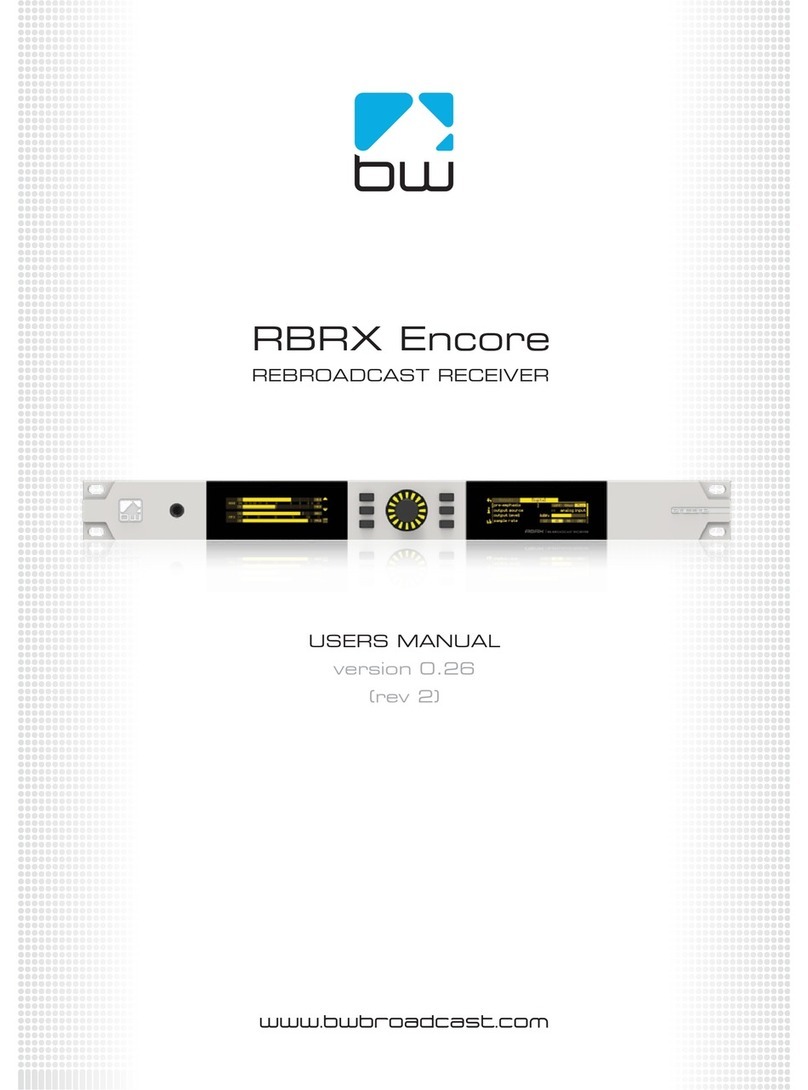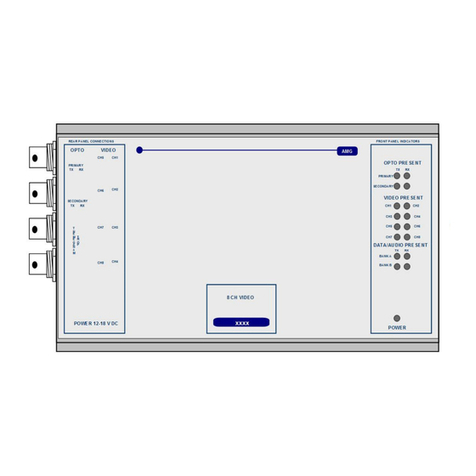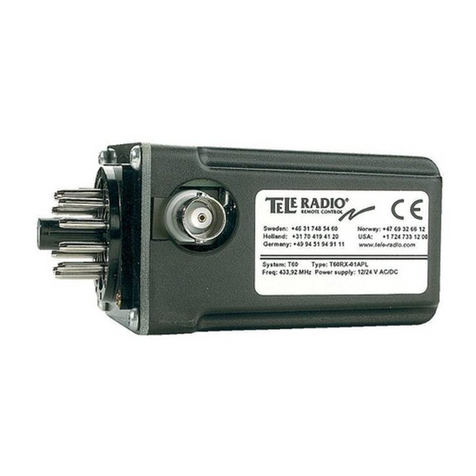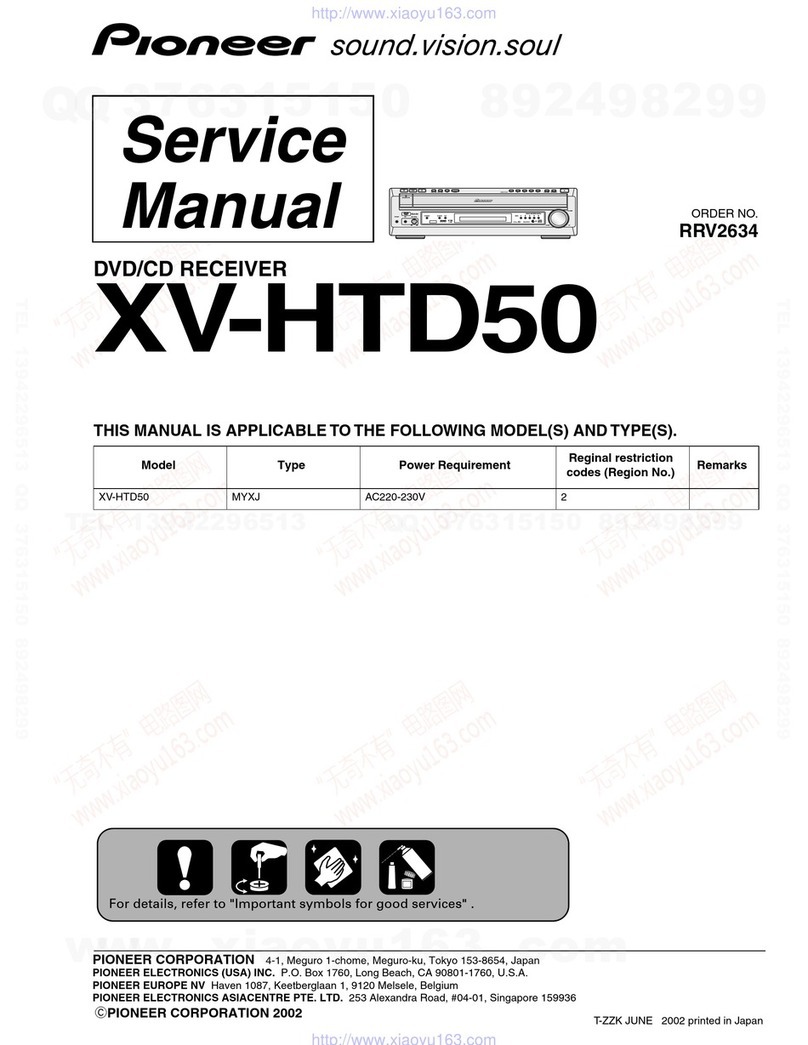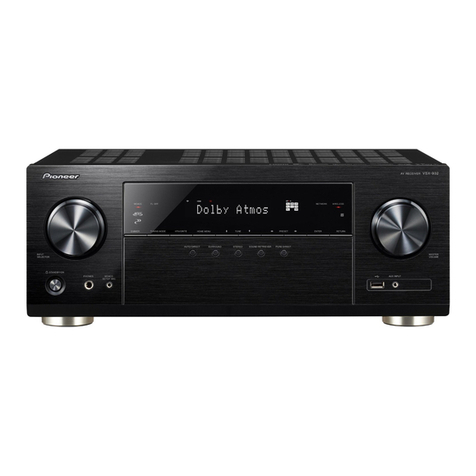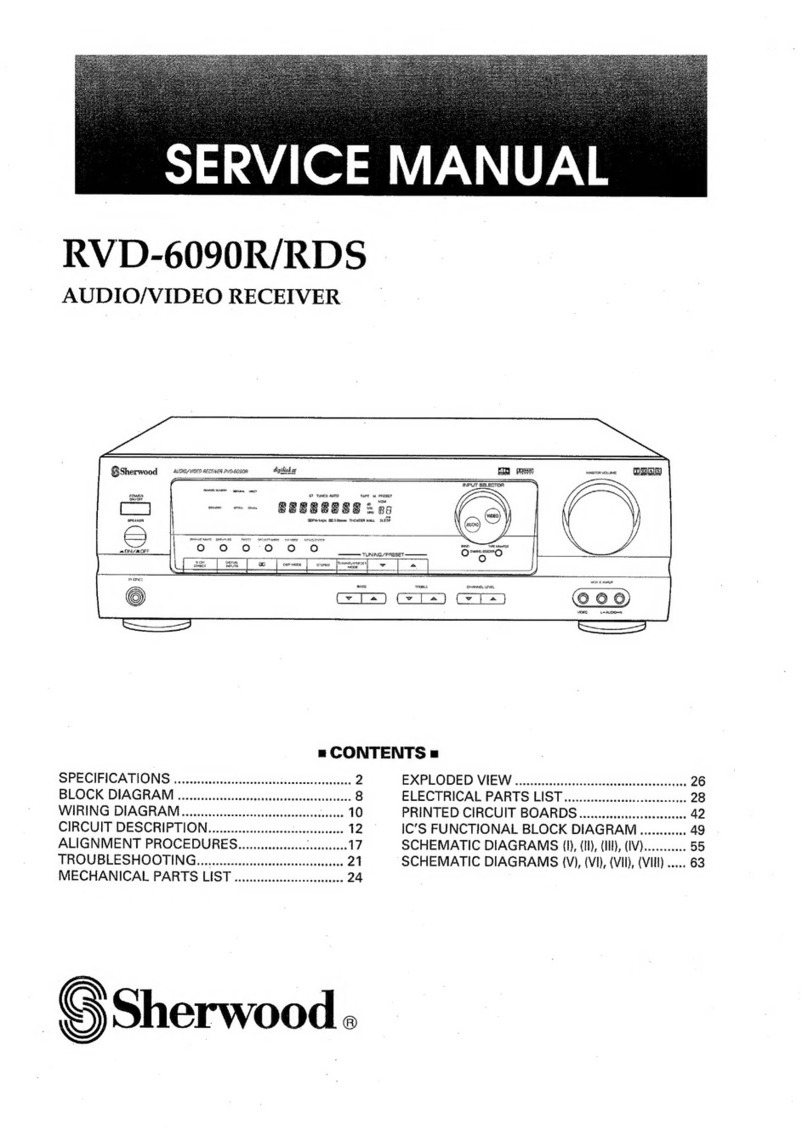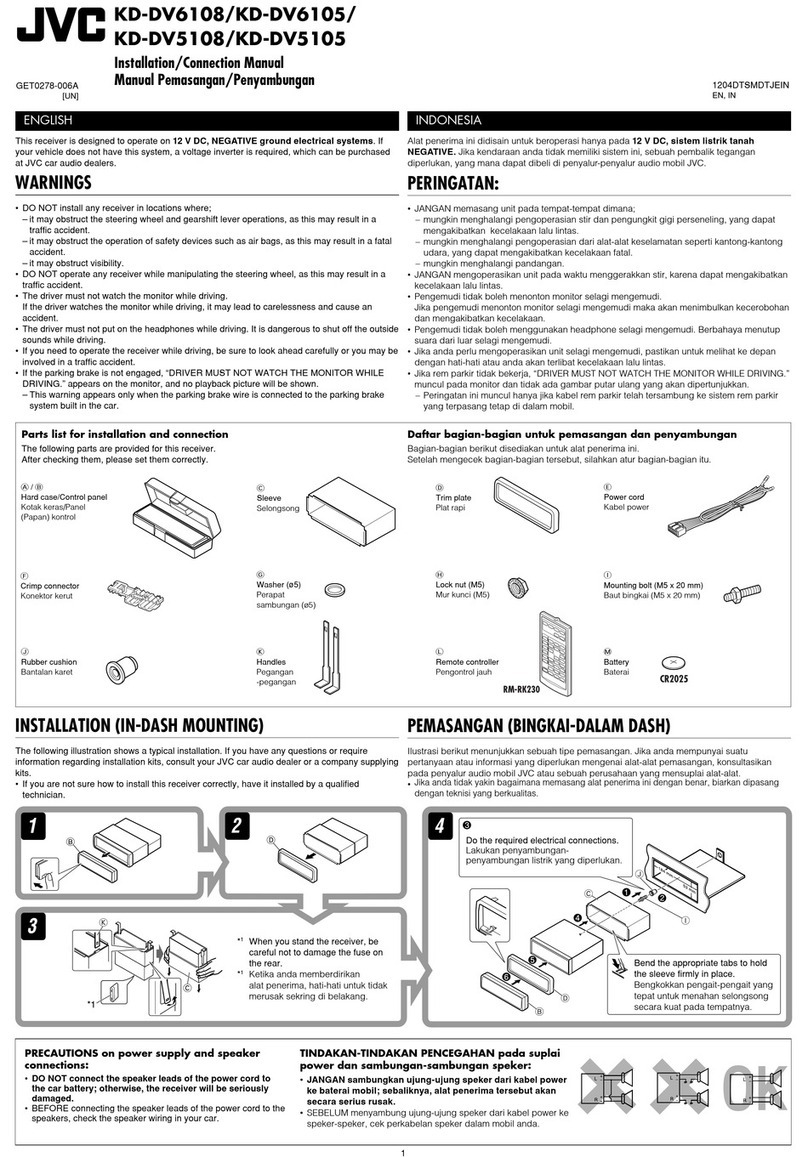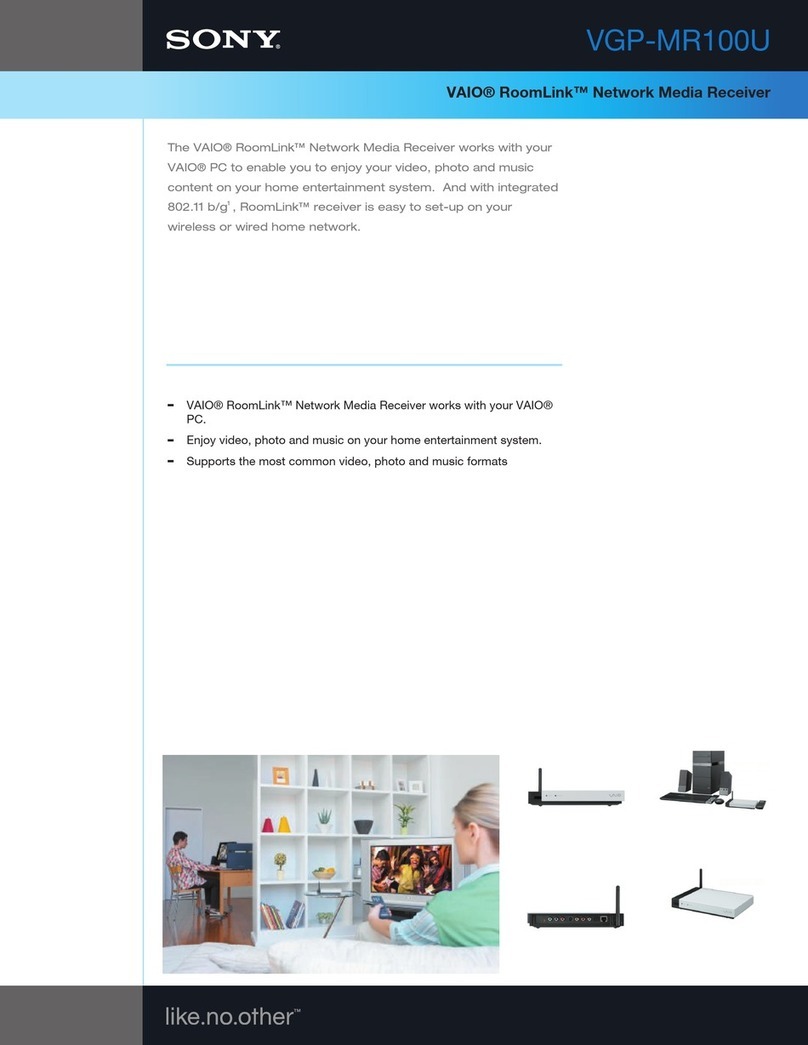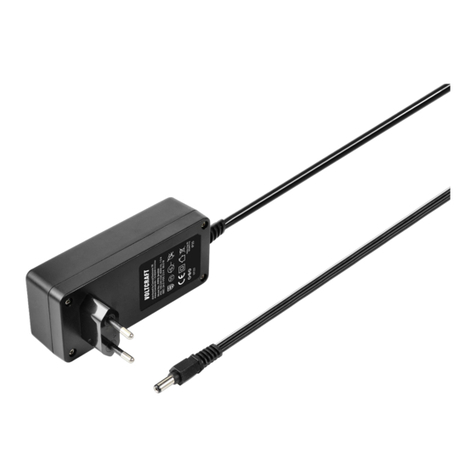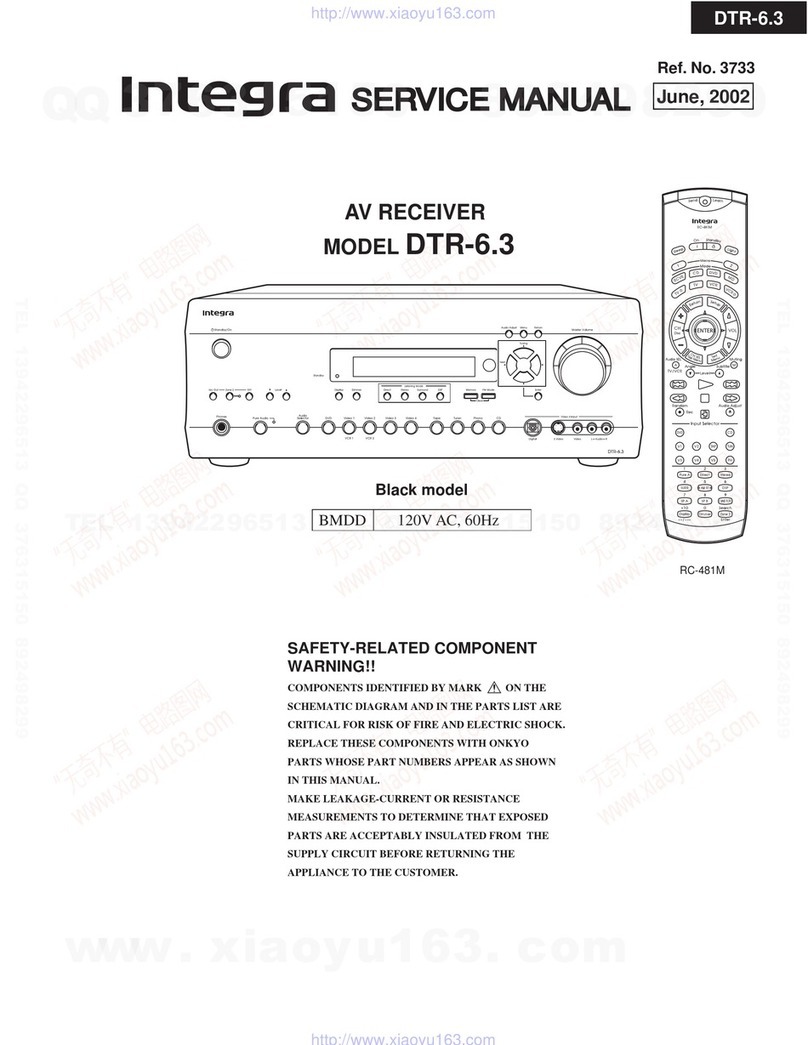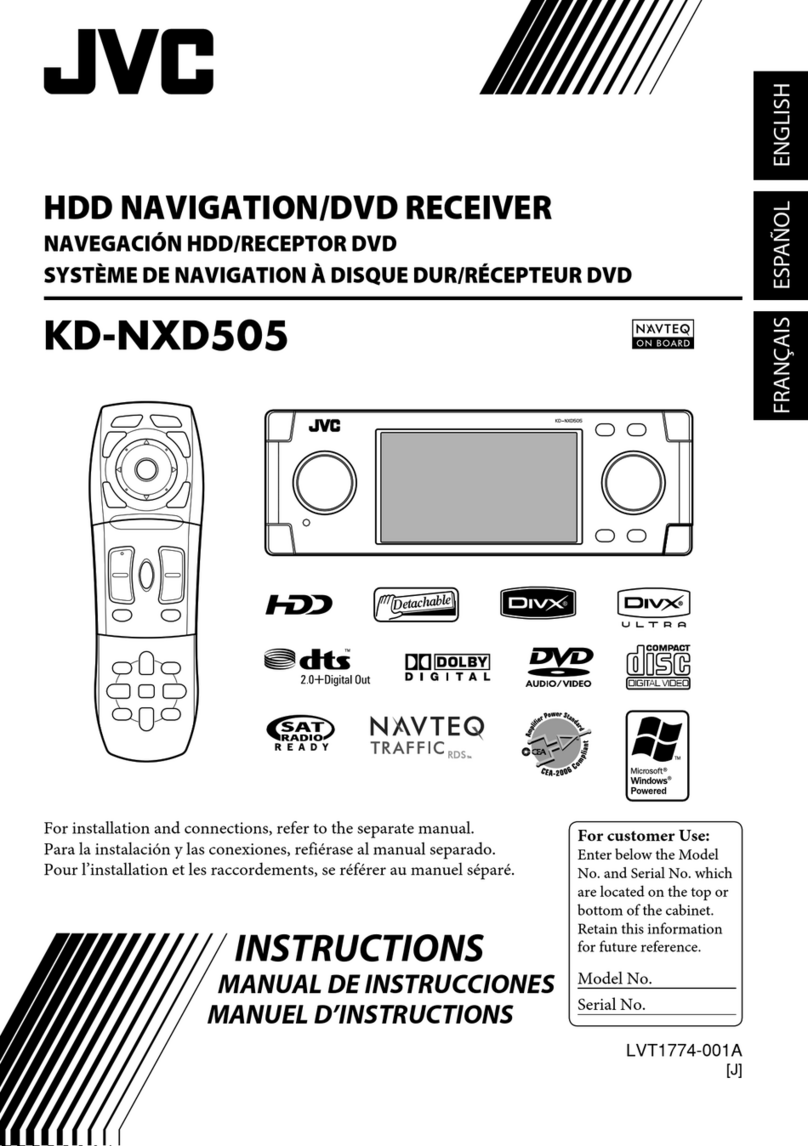Zenith ZHD-311 User manual

SERVICE MANUAL
Product Type: DVD/CD RECEIVER
Chassis: DP9
Manua Series: ZHD-311,
LHS-25SCS, LHS-25SCW
Manua Part #:
Mode Line: D
Product Year: 2005
GENERAL
AUDIO PART
DVD & AMP PART
EXPLODED VIEWS
SPEAKER PART
REPLACEMENT PARTS LIST
1
2
3
4
5
6
................................................
............................................
....................................
..................................
.......................................
..................
Pub ished May 2005
by Technica Pub ications
Zenith E ectronics Corporation
201 James Record Road
Huntsvi e, A abama 35824-1513
Copyright © 2005 by Zenith E ectronics Corporation
Printed in U.S.A
Mode Series:
CONTENTS
ZHD-311
MODEL : ZHD-311 LHS-25SCS/LHS-25SCWSERVICE MANUAL
All manuals and user guides at all-guides.com
all-guides.com

1-1
[CONTENTS]
SECTION 1.GENERAL
• SERVICING PRECAUTIONS . . . . . . . . . . . . . . . . . . . . . . . . . . . . . . . . . . . . . . . . . . . . . . . 1-2
• ESD PRECAUTIONS . . . . . . . . . . . . . . . . . . . . . . . . . . . . . . . . . . . . . . . . . . . . . . . . . . . . 1-4
• SPECIFICATIONS . . . . . . . . . . . . . . . . . . . . . . . . . . . . . . . . . . . . . . . . . . . . . . . . . . . . . . . .1-5
SECTION 2. AUDIO PART
• AUDIO TROUBLESHOOTING GUIDE . . . . . . . . . . . . . . . . . . . . . . . . . . . . . . . . . . . . . . . . 2-1
• BLOCK DIAGRAM . . . . . . . . . . . . . . . . . . . . . . . . . . . . . . . . . . . . . . . . . . . . . . . . . . . . . . . 2-4
• SCHEMATIC DIAGRAMS . . . . . . . . . . . . . . . . . . . . . . . . . . . . . . . . . . . . . . . . . . . . . . . . . 2-6
• WIRING DIAGRAM . . . . . . . . . . . . . . . . . . . . . . . . . . . . . . . . . . . . . . . . . . . . . . . . . . . . . . 2-18
• PRINTED CIRCUIT DIARGAMS . . . . . . . . . . . . . . . . . . . . . . . . . . . . . . . . . . . . . . . . . . . . 2-2
SECTION 3.DVD & AMP PART
• ELECTRICAL TROUBLESHOOTING GUIDE . . . . . . . . . . . . . . . . . . . . . . . . . . . . . . . . . . .3-1
• DVD PART SCHEMATIC DIAGRAMS . . . . . . . . . . . . . . . . . . . . . . . . . . . . . . . . . . . . . . . .3-22
SECTION 4. EXPLODED VIEWS . . . . . . . . . . . . . . . . . . . . . . . . . . . . . . . . . . . . .4-1
SECTION 5. SPEAKER PART . . . . . . . . . . . . . . . . . . . . . . . . . . . . . . . . . . . . . . .5-1
SECTION 6. REPLACEMENT PARTS LIST . . . . . . . . . . . . . . . . . . . . . . . . . . . . .6-1
All manuals and user guides at all-guides.com

1-2
SERVICING PRECAUTIONS
NOTES REGARDING ANDLING OF T E PICK-UP
1. Notes for transport and storage
1) The pick-up should always be left in its conductive bag until immediately prior to use.
2) The pick-up should never be subjected to external pressure or impact.
2. Repair notes
1) The pick-up incorporates a strong magnet, and so should never be brought close to magnetic materials.
2) The pick-up should always be handled correctly and carefully, taking care to avoid external pressure and
impact. If it is subjected to strong pressure or impact, the result may be an operational malfunction and/or
damage to the printed-circuit board.
3) Each and every pick-up is already individually adjusted to a high degree of precision, and for that reason
the adjustment point and installation screws should absolutely never be touched.
4) Laser beams may damage the eyes!
Absolutely never permit laser beams to enter the eyes!
Also NEVER switch ON the power to the laser output part (lens, etc.) of the pick-up if it is damaged.
5) Cleaning the lens surface
If there is dust on the lens surface, the dust should be cleaned away by using an air bush (such as used
for camera lens). The lens is held by a delicate spring. When cleaning the lens surface, therefore, a cot-
ton swab should be used, taking care not to distort this.
6) Never attempt to disassemble the pick-up.
Spring by excess pressure. If the lens is extremely dirty, apply isopropyl alcohol to the cotton swab.
(Do not use any other liquid cleaners, because they will damage the lens.) Take care not to use too much
of this alcohol on the swab, and do not allow the alcohol to get inside the pick-up.
Storage in conductive bag Drop impact
NEVER look directly at the laser beam, and don’t let
contact fingers or other exposed skin.
Magnet
How to hold the pick-up
Conductive Sheet
Cotton swab
Pressure
Pressure
SECTION 1. GENERAL
All manuals and user guides at all-guides.com

1-3
NOTES REGARDING COMPACT DISC PLAYER REPAIRS
1. Preparations
1) Compact disc players incorporate a great many ICs as well as the pick-up (laser diode). These components
are sensitive to, and easily affected by, static electricity. If such static electricity is high voltage, components
can be damaged, and for that reason components should be handled with care.
2) The pick-up is composed of many optical components and other high-precision components. Care must be
taken, therefore, to avoid repair or storage where the temperature of humidity is high, where strong magnet-
ism is present, or where there is excessive dust.
2. Notes for repair
1) Before replacing a component part, first disconnect the power supply lead wire from the unit
2) All equipment, measuring instruments and tools must be grounded.
3) The workbench should be covered with a conductive sheet and grounded.
When removing the laser pick-up from its conductive bag, do not place the pick-up on the bag. (This is
because there is the possibility of damage by static electricity.)
4) To prevent AC leakage, the metal part of the soldering iron should be grounded.
5) Workers should be grounded by an armband (1M Ω)
6) Care should be taken not to permit the laser pick-up to come in contact with clothing, in order to prevent
static electricity changes in the clothing to escape from the armband.
7) The laser beam from the pick-up should NEVER be directly facing the eyes or bare skin.
Resistor
(1 Mohm) Conductive
Sheet
Resistor
(1 Mohm)
Armband
All manuals and user guides at all-guides.com

1-4
ESD PRECAUTIONS
Electrostatically Sensitive Devices (ESD)
Some semiconductor (solid state) devices can be damaged easily by static electricity. Such components
commonly are called Electrostatically Sensitive Devices (ESD). Examples of typical ESD devices are integrated
circuits and some field-effect transistors and semiconductor chip components. The following techniques should
be used to help reduce the incidence of component damage caused by static electricity.
1. Immediately before handling any semiconductor component or semiconductor-equipped assembly, drain off
any electrostatic charge on your body by touching a known earth ground. Alternatively, obtain and wear a
commercially available discharging wrist strap device, which should be removed for potential shock reasons
prior to applying power to the unit under test.
2. After removing an electrical assembly equipped with ESD devices, place the assembly on a conductive surface
such as aluminum foil, to prevent electrostatic charge buildup or exposure of the assembly.
3. Use only a grounded-tip soldering iron to solder or unsolder ESD devices.
4. Use only an anti-static solder removal device. Some solder removal devices not classified as "anti-static" can
generate electrical charges sufficient to damage ESD devices.
5. Do not use freon-propelled chemicals. These can generate electrical charges sufficient to damage ESD
devices.
6. Do not remove a replacement ESD device from its protective package until immediately before you are
ready to install it. (Most replacement ESD devices are packaged with leads electrically shorted together by
conductive foam, aluminum foil or comparable conductive materials).
7. Immediately before removing the protective material from the leads of a replacement ESD device, touch the
protective material to the chassis or circuit assembly into which the device will by installed.
CAUTION : BE SURE NO POWER IS APPLIED TO T E C ASSIS OR CIRCUIT, AND OBSERVE ALL OT ER
SAFETY PRECAUTIONS.
8. Minimize bodily motions when handing unpackaged replacement ESD devices. (Otherwise harmless motion
such as the brushing together of your clothes fabric or the lifting of your foot from a carpeted floor can gener-
ate static electricity sufficient to damage an ESD device).
CAUTION. GRAP IC SYMBOLS
THE LIGHTNING FLASH WITH APROWHEAD SYMBOL. WITHIN AN EQUILATERAL TRIANGLE, IS
INTENDED TO ALERT THE SERVICE PERSONNEL TO THE PRESENCE OF UNINSULATED
“DANGEROUS VOLTAGE” THAT MAY BE OF SUFFICIENT MAGNITUDE TO CONSTITUTE A RISK OF
ELECTRIC SHOCK.
THE EXCLAMATION POINT WITHIN AN EQUILATERAL TRIANGLE IS INTENDED TO ALERT THE
SERVICE PERSONNEL TO THE PRESENCE OF IMPORTANT SAFETY INFORMATION IN SERVICE
LITERATURE.
All manuals and user guides at all-guides.com

1-5
GENERAL
Power supply Refer to main label
Power consumption Refer to main label
Weight 2.5 kg
External dimensions (W x H x D) 36 x 56 x 31 mm
Operating conditions Temperature: 5°C to 35°C, Operation status: Horizontal
Operating humidity 5% to 85%
CD/DVD
Laser Semiconductor laser, wavelength 65 nm
Signal system PAL 625/5 , NTSC 525/6
Frequency response (audio) 14 Hz to 2 kHz
Signal-to-noise ratio (audio) More than 75 dB (1 kHz, NOP-3dB, 2 kHz LPF/A-Filter)
Dynamic range (audio) More than 8 dB
Harmonic distortion (audio) .5 % (1 kHz, at 12W position) (2 kHz LPF/A-Filter)
Video output 1. V (p-p), 75 Ω, negative sync., RCA jack
TUNER
FM
Tuning Range 87.5 - 1 8. MHz or 65. - 74. MHz, 87.5 - 1 8. MHz
Intermediate Frequency 1 .7 MHz
Signal-to Noise Ratio 6 dB (Mono)
Frequency Response 14 - 1 , Hz
AM [MW]
Tuning Range 522 - 1,62 kHz or 52 - 1,72 kHz
Intermediate Frequency 45 kHz
AMPLIFIER
Surround mode Front: 3 W + 3 W (THD 1 %)
Center*: 3 W
Surround*: 3 W + 3 W (6Ω at 1 kHz, THD 1 %)
Subwoofer*: 7 W (8Ω at 3 Hz, THD 1 %)
Outputs MONITOR
MIC Jacks (ø3.5mm) (KARAOKE MODEL ONLY))
SPEAKERS
Satellite Speaker (LHS-25SCS) Passive Subwoofer (LHS-25SCW)
Type 1 Way 1 Speaker 1 Way 1 Speaker
Impedance 6 Ω 8 Ω
Frequency Response 16 - 2 , Hz 65 - 1,5 Hz
Sound Pressure Level 84 dB/W (1m) 82 dB/W (1m)
Rated Input Power 3 W 7 W
Max. Input Power 6 W 14 W
Net Dimensions (W x H x D) 92 x 115 x 8 mm 16 x 35 x 28 mm
Net Weight .5 kg 3.18 kg
(* Depending on the sound mode
settings and the source, there
may be no sound output.)
SPECIFICATIONS
All manuals and user guides at all-guides.com
all-guides.com

All manuals and user guides at all-guides.com

2-1
SECTION 2. AUDIO PART
AUDIO TROUBLES OOTING GUIDE
1. POWER SUPPLY CIRCUIT
All manuals and user guides at all-guides.com

2-2
2. FRONT CIRCUIT (1/2)
PIN3
PIN4
PIN9
: -27.5 FL-
: -32.4 VKK
: -23.7 FL+
: +5.0
CN902 CN902
All manuals and user guides at all-guides.com

2-3
3. FRONT CIRCUIT (2/2)
All manuals and user guides at all-guides.com

All manuals and user guides at all-guides.com
all-guides.com

2-4 2-5
BLOCK DIAGRAM
All manuals and user guides at all-guides.com

2-6 2-7
SCHEMATIC DIAGRAMS
1. POWER SCHEMATIC DIAGRAM
A B C D E F G H I J K L M N O P Q R ST
All manuals and user guides at all-guides.com

2-8 2-9
2. MICOM SCHEMATIC DIAGRAM
A B C D E F G H I J K L M N O P Q R ST
All manuals and user guides at all-guides.com

2-10 2-11
3. FRO T SCHEMATIC DIAGRAM
A B C D E F G H I J K L M N O P Q R ST
All manuals and user guides at all-guides.com

2-12 2-13
4. DSP& SCHEMATIC DIAGRAM
A B C D E F G H I J K L M N O P Q R ST
All manuals and user guides at all-guides.com
all-guides.com

2-14 2-15
5. DSP SCHEMATIC DIAGRAM
A B C D E F G H I J K L M N O P Q R ST
All manuals and user guides at all-guides.com

2-16 2-17
6. KARAOKE SCHEMATIC DIAGRAM(KARAOKE MODEL O LY)
A B C D E F G H I J K L M N O P Q R ST
All manuals and user guides at all-guides.com

2-18 2-19
WIRI G DIAGRAM
All manuals and user guides at all-guides.com

2-20 2-21
PRI TED CIRCUIT BOARD DIAGRAMS
1. MAI /DVD P.C. BOARD DIAGRAM (TOP)
All manuals and user guides at all-guides.com
Other manuals for ZHD-311
3
This manual suits for next models
2
Other Zenith Receiver manuals
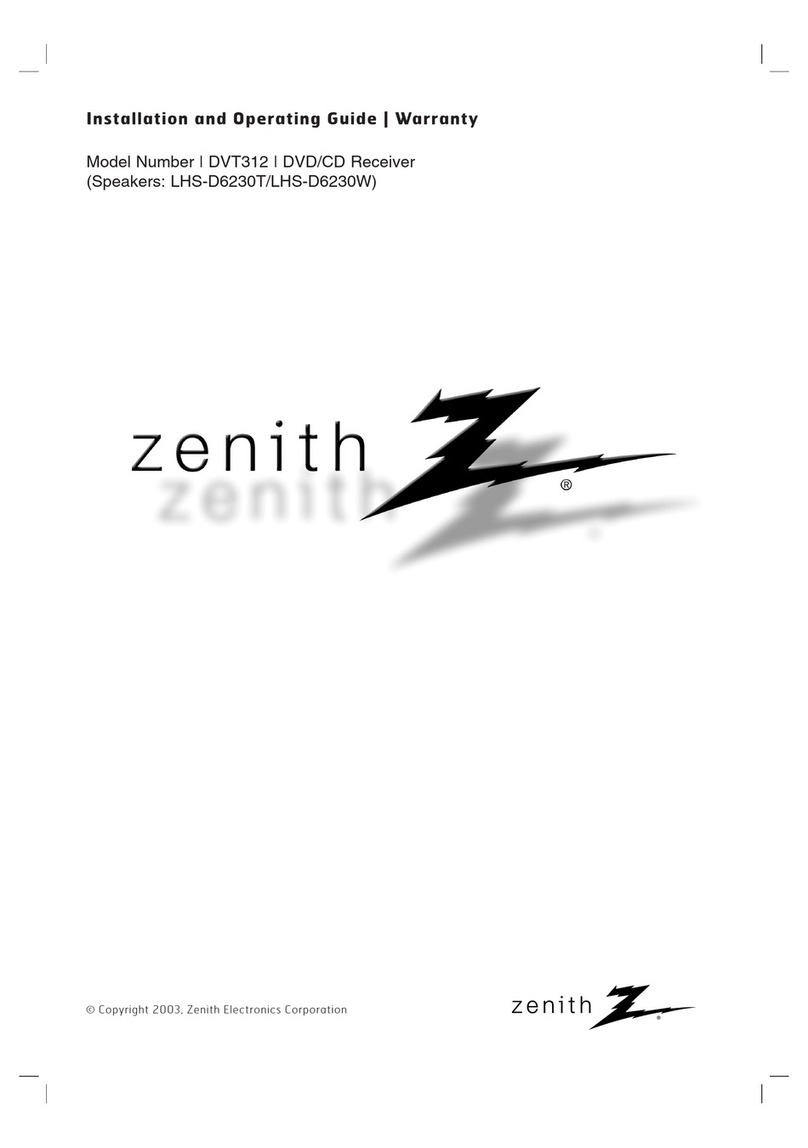
Zenith
Zenith DVT312 Installation guide

Zenith
Zenith Royal 1000 User manual

Zenith
Zenith Royal 3000-1 User manual

Zenith
Zenith DVT316 Series User manual
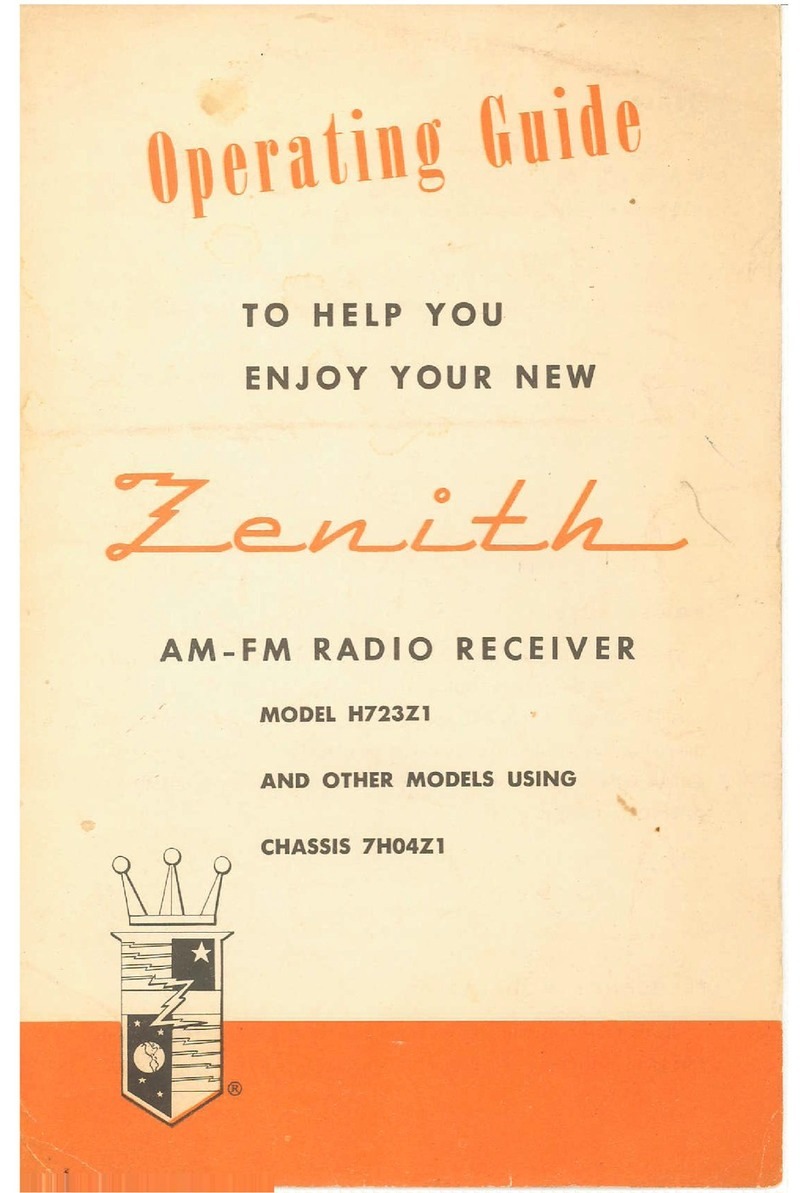
Zenith
Zenith H723Z1 User manual

Zenith
Zenith 3235DT Troubleshooting guide
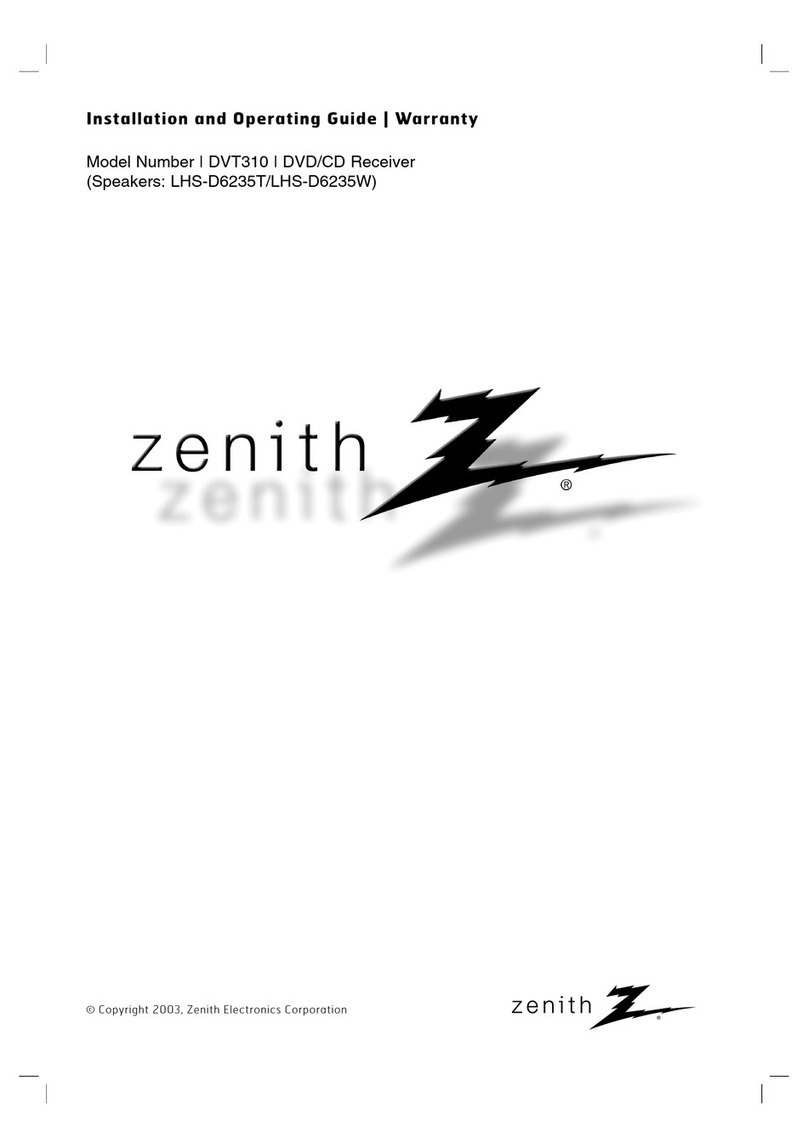
Zenith
Zenith DVT310 Installation guide
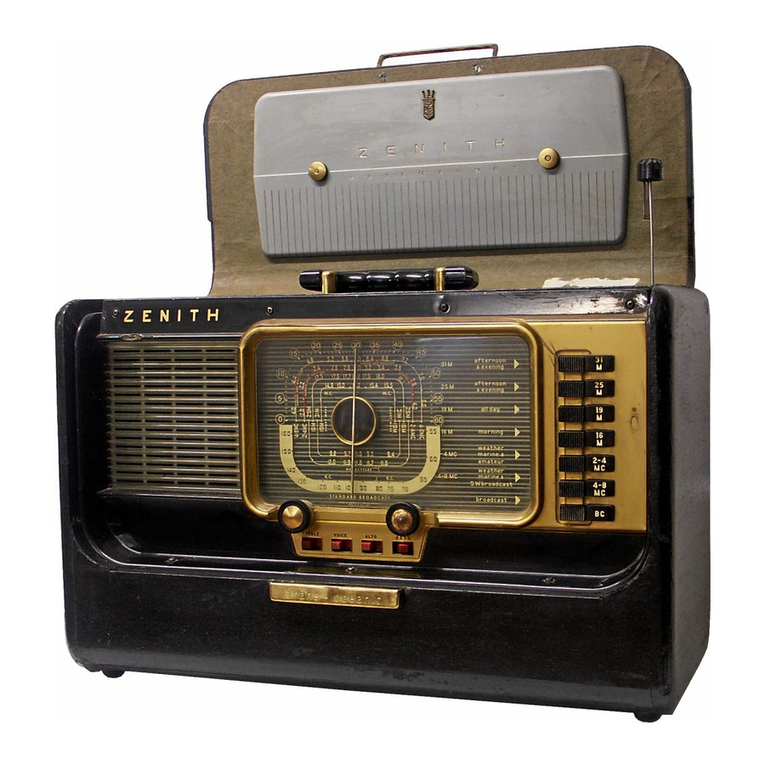
Zenith
Zenith TRANS-OCEANIC H500 User manual
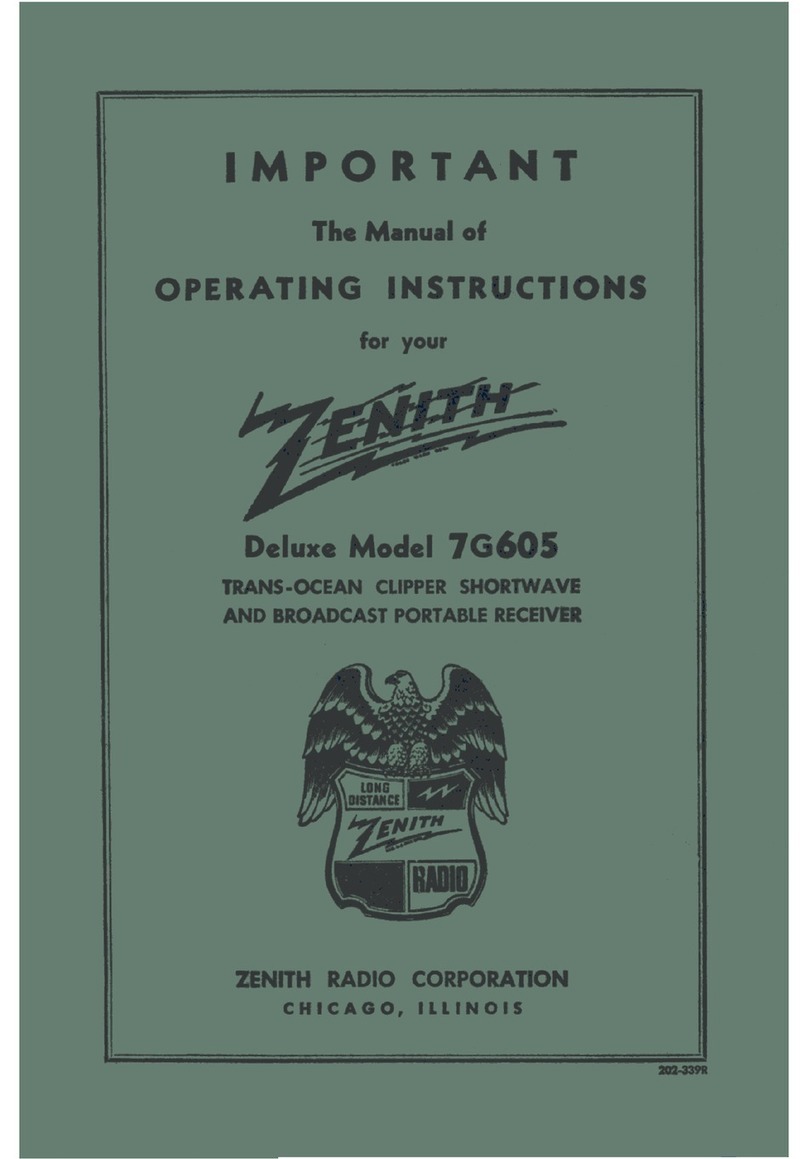
Zenith
Zenith 7G605 Deluxe User manual

Zenith
Zenith 1937 User manual
